Research
Source Apportionment of Particulate Matter

We are investigating the sources and atmospheric behavior of fine particulate matter (PM2.5) using stable isotope ratios of carbon, nitrogen, and oxygen contained in the particles. Fine particulate matter is a complex mixture composed of various components, including water-soluble ions, heavy metals, elemental carbon (EC), and organic carbon (OC).
In this research, we are developing analytical methods for measuring the carbon stable isotope ratios of elemental carbon and water-soluble organic carbon, as well as the nitrogen and oxygen stable isotope ratios of nitrate, and the nitrogen stable isotope ratio of ammonium.
For nitrogen isotope analysis, we employ a high-sensitivity and high-precision method using denitrifying bacteria (the “denitrifier method”). This technique was introduced to our laboratory after visiting and receiving direct instruction from Prof. Koba at Kyoto University and Prof. Karen Casciotti at Stanford University. We have since established this method in our own lab and participated in international inter-laboratory comparison studies organized by the International Atomic Energy Agency (IAEA).
Currently, We are also currently conducting joint research to address air pollution in South Asia, in collaboration with the University of Dhaka in Bangladesh, the Environmental Chemistry Group at Osaka Metropolitan University, and the National Institute for Environmental Studies. Our goal is to apply advanced isotopic tools to better understand pollution sources and support effective environmental policies.
- New 川島洋人*(2025),最近の安定同位体比を用いたエアロゾルの 発生源解析の動向,環境技術,vol.54, pp.14-19
- バ ングラデシュのTVにてインタビューが放映されました(2019年11月)
- 国 際学術誌「Environmental Science & Technology」に掲載されました(2019 年10月)
- 吉田さん,ダッカ大学との論文が「Science of the Total Environment」に掲載されました(2022年6月9 日)
Research papers
- New Hiroto Kawashima*, Otoha Yoshida, Nana Suto (2023), Long-Term Source Apportionment of Ammonium in PM2.5 at a Suburban and a Rural Site Using Stable Nitrogen Isotopes, Environmental Science & Technology, vol.57(3), pp.1268-1277
- Hiroto Kawashima*, Otoha Yoshida, Khaled Shaifullah Joy, Rasel Ahammed Raju, Kazi Naimul Islam, Farah Jeba, Abdus Salam (2022), Sources identification of ammonium in PM2.5 during monsoon season in Dhaka, Bangladesh, Science of the Total Environment, vol.838, Article number 156433
- Nur Hidayah Norazman, Md Firoz Khan*, Sharanya Ramanathan, Syazwani Mustapa Kama Shah, Siti Jariani Mohd Jani, Khaled Shaifullah JoyKhaled Shaifullah Joy, Kazi Naimul Islam, Farah Jeba, Abdus Salam, Otoha Yoshida, and Hiroto Kawashima* (2021), Influence of Monsoonal Driving Factors on the Secondary Inorganic Aerosol over Ambient Air in Dhaka, ACS Earth and Space Chemistry, vol.5(9), 2517–2533
- Nana Suto*, Hiroto Kawashima* (2021), Measurement report: Source characteristics of water-soluble organic carbon in PM2.5 at two sites in Japan, as assessed by long-term observation and stable carbon isotope ratio, Atmospheric Chemistry and Physics, vol.21(15), 11815-11828
- Hiroto Kawashima*, Otoha Yoshida, Nana Suto (2021), Ion‐exchange resin and denitrification pretreatment for determining δ15N‐NH4+, δ15N‐NO3‐, and δ18O‐NO3‐ values , Rapid Communications in Mass Spectrometry, vol.6, e9027, page 1-10
- New Hiroto Kawashima*, Raiki Ogata, Takumi Gunji (2021), Laboratory-based validation of a passive sampler for determination of the nitrogen stable isotope ratio of ammonia gas, Atmospheric Environment, Volume 245, 118009
- Hiroto Kawashima*, Sae Ono (2019), Nitrogen Isotope Fractionation from Ammonia Gas to Ammonium in Particulate Ammonium Chloride, Environmental Science & Technology, vol.53(18), pp.10629-10635
- Hiroto Kawashima* (2019), Seasonal trends of the stable nitrogen isotope ratio in particulate nitrogen compounds and their gaseous precursors in Akita, Japan, Tellus B: Chemical and Physical Meteorology, vol.71(1), pp.1-13
- Nana Suto, Hiroto Kawashima* (2018), Online wet oxidation/isotope ratio mass spectrometry method for determination of stable carbon isotope ratios of water-soluble organic carbon in particulate matter, Rapid Communications in Mass Spectrometry, vol.32, pp.1668-1674
- Nana Suto, Hiroto Kawashima* (2016), Global mapping of carbon isotope ratios in coal, Journal of Geochemical Exploration, vol.167, pp.12-1
- 川島洋人*(2014),同位体比の環境科学への適用-第2講 安定同位体比による発生源解析-,大気環境学会誌,vol.49, pp.A47-A57
- 川島洋人*(2014),浮遊粒子状物質のアンモニウムイオン,硝酸イオンの生成機構の解明と起源の推定,エアロゾル研究,vol.29, pp.110-116
- Hiroto Kawashima*, Yuya Haneishi(2012), Effects of combustion emissions from the Eurasian continent in winter on seasonal δ13C of elemental carbon in aerosols in Japan, Atmospheric Environment, vol.46, pp.568-579
- Hiroto Kawashima*, Takahiro Kurahashi(2011), Inorganic ion and nitrogen isotopic compositions of atmospheric aerosols at Yurihonjo, Japan; Implications for nitrogen sources, Atmospheric Environment, vol 45, pp.6309-6316
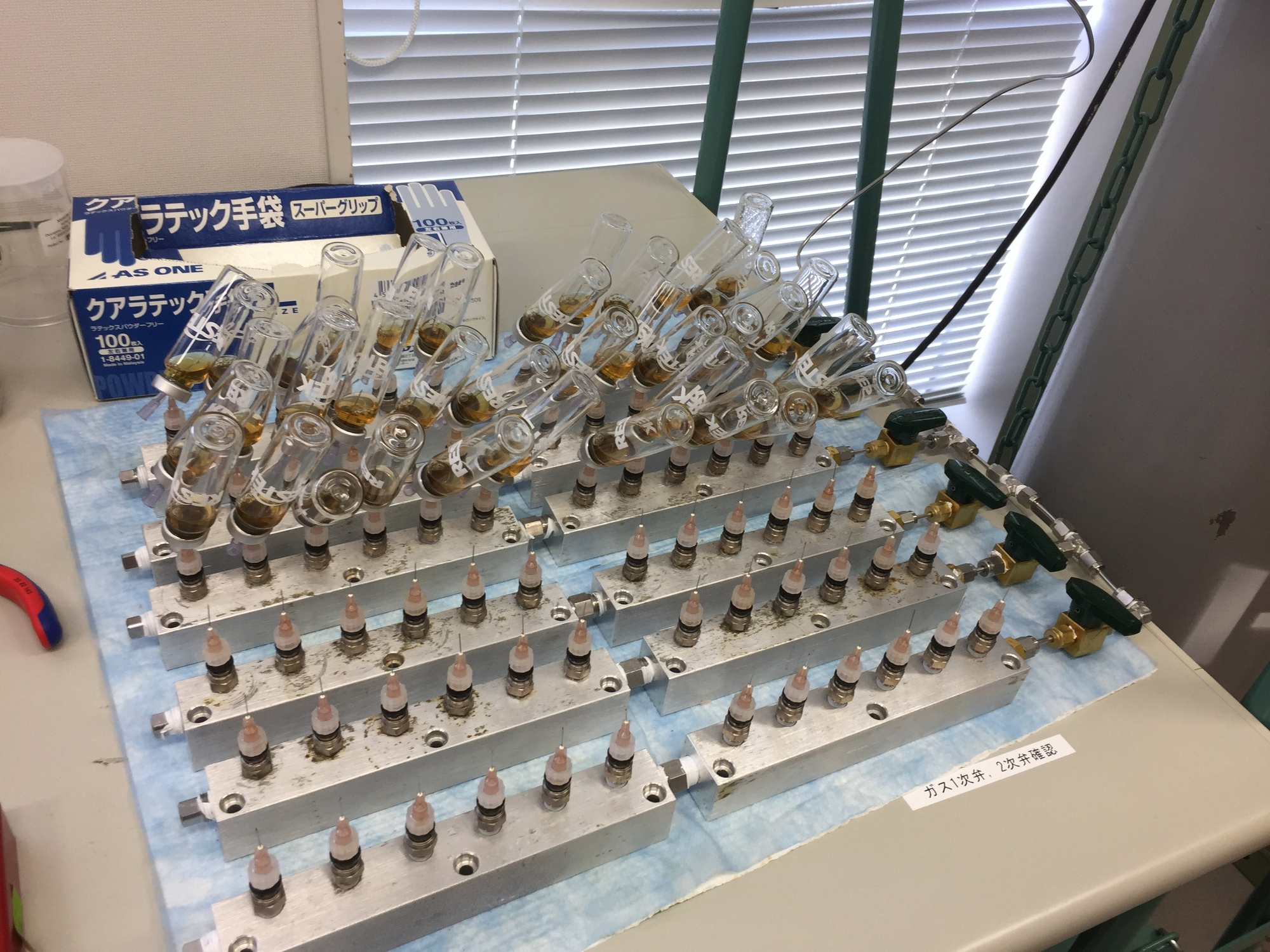 | 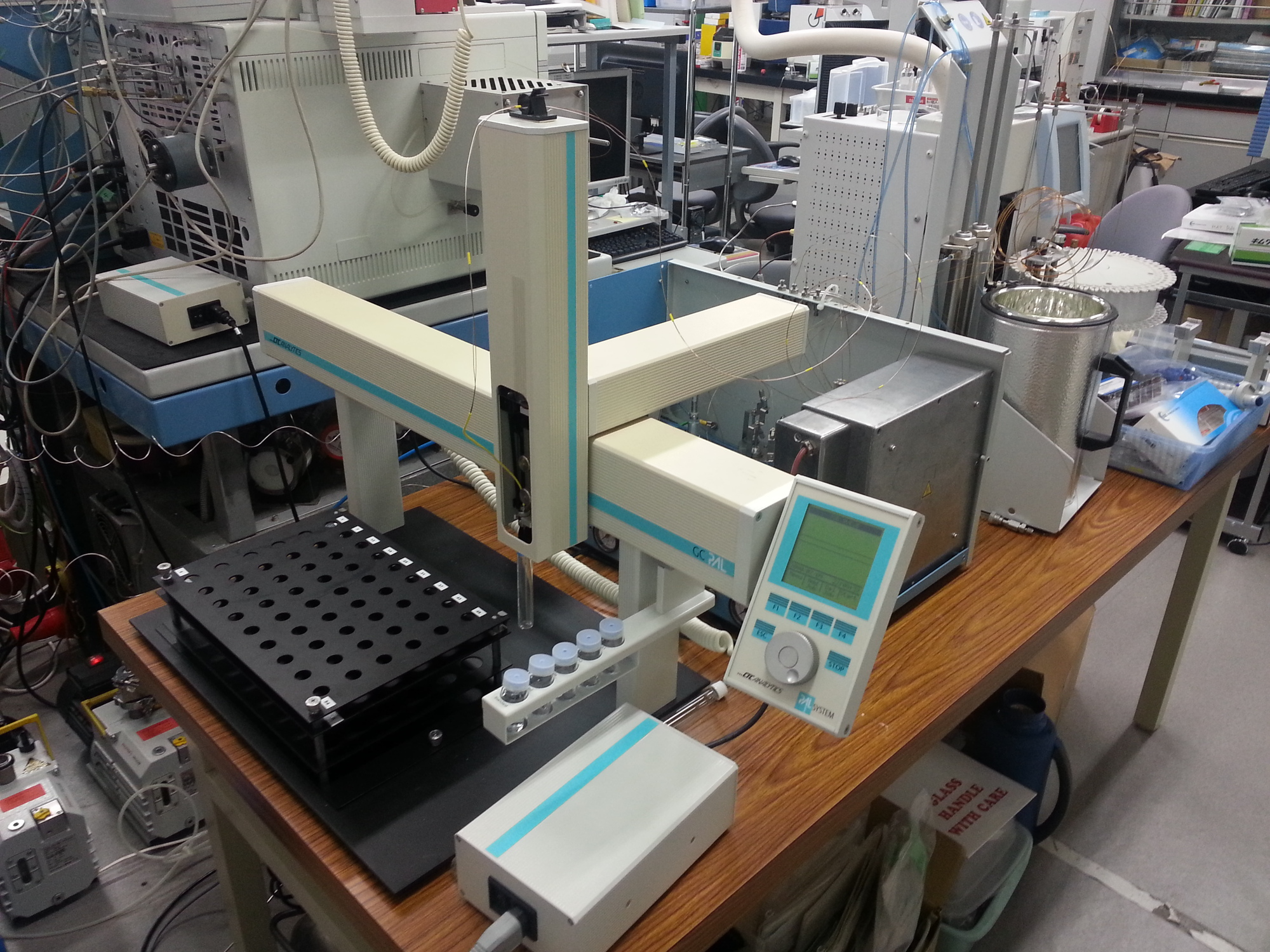 |
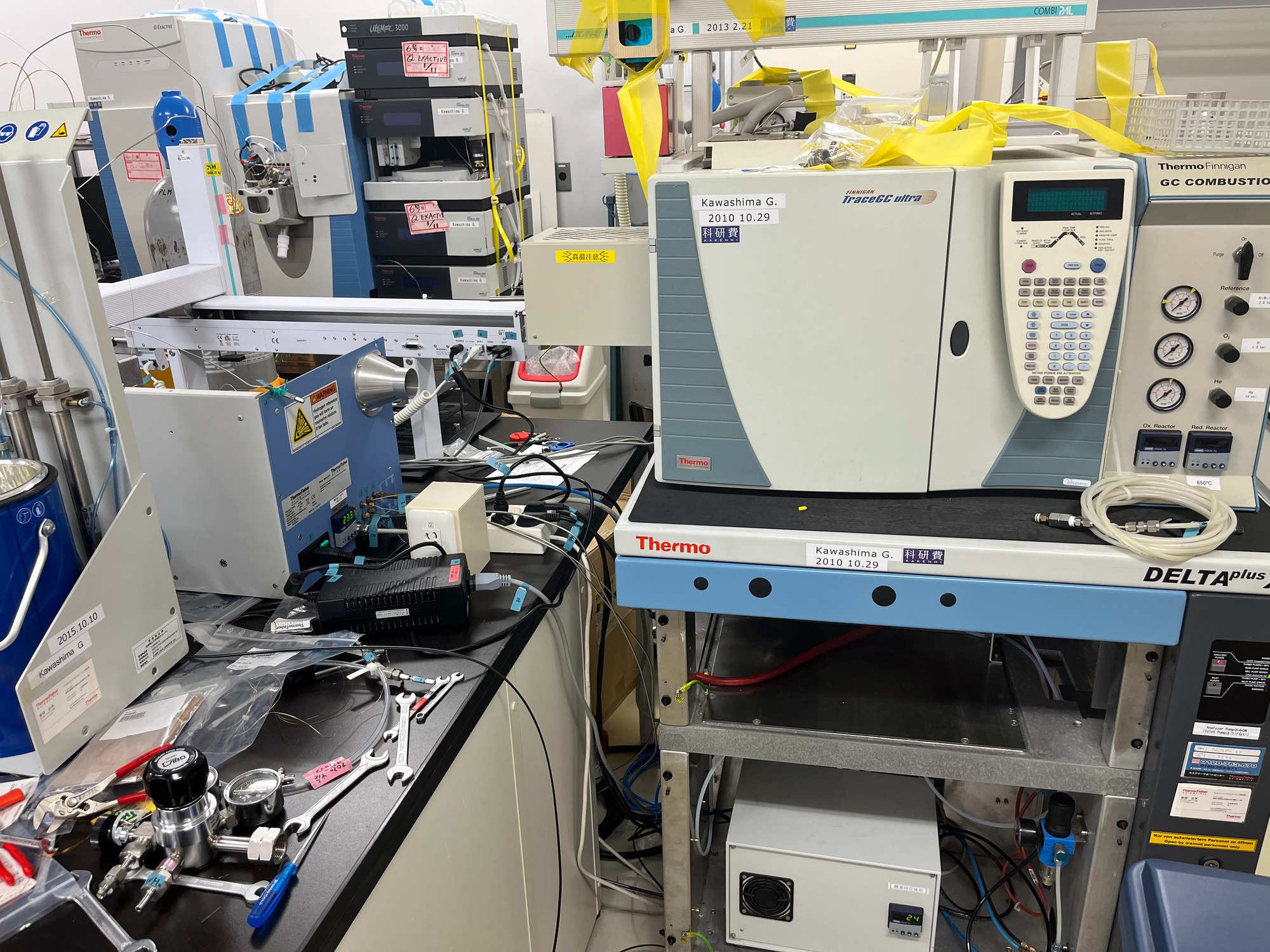 | 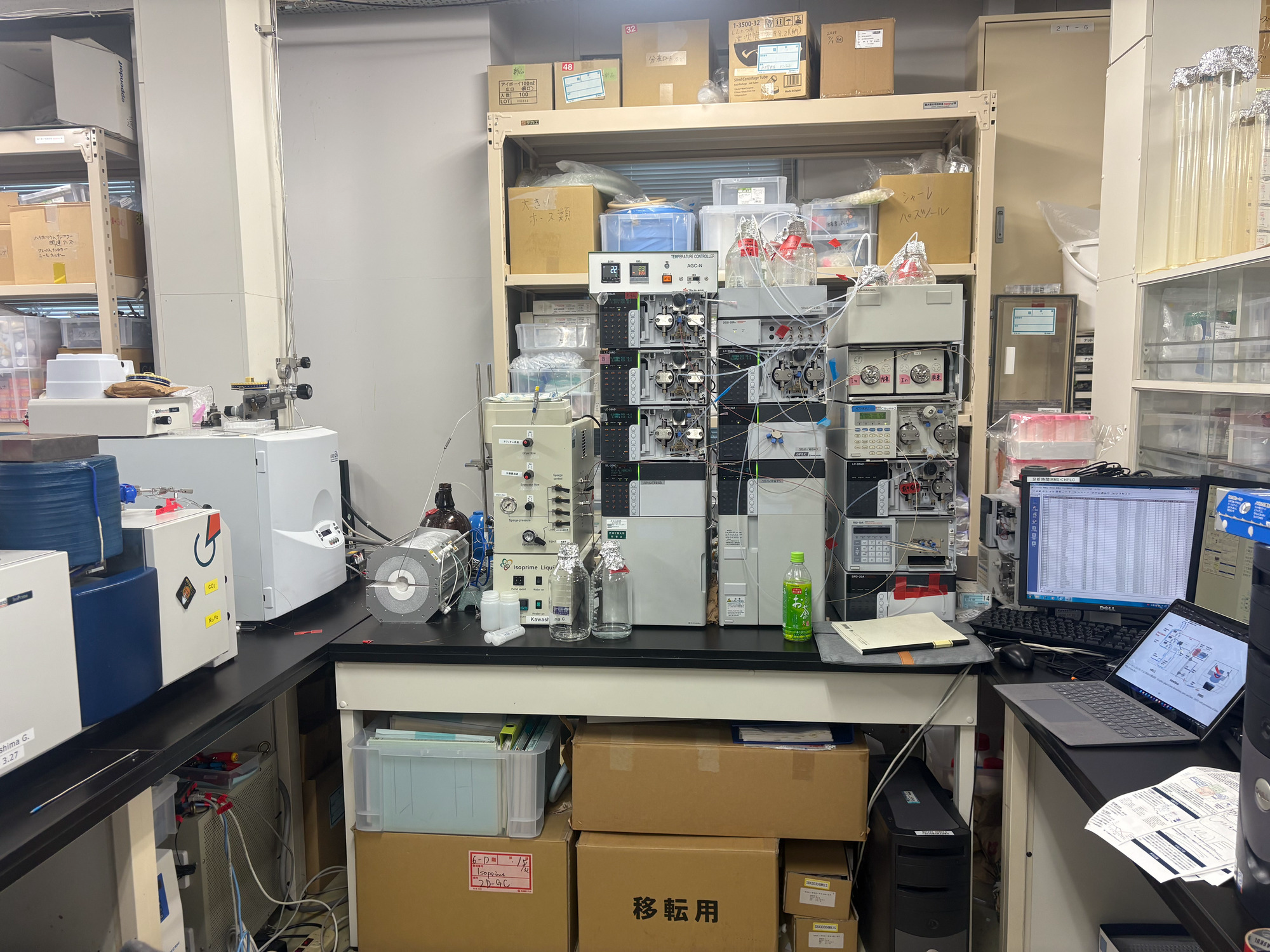 |
 | 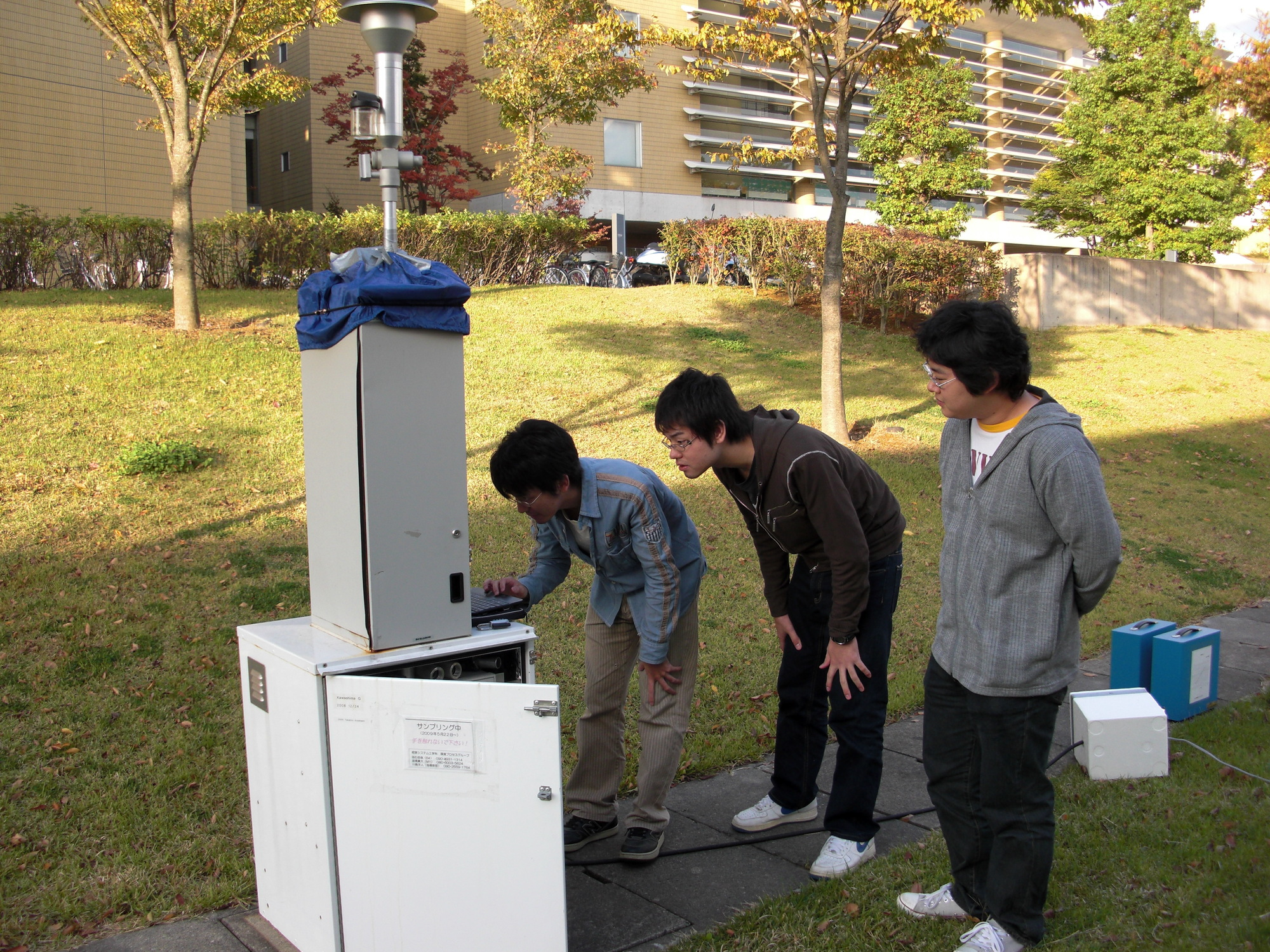 |
 | 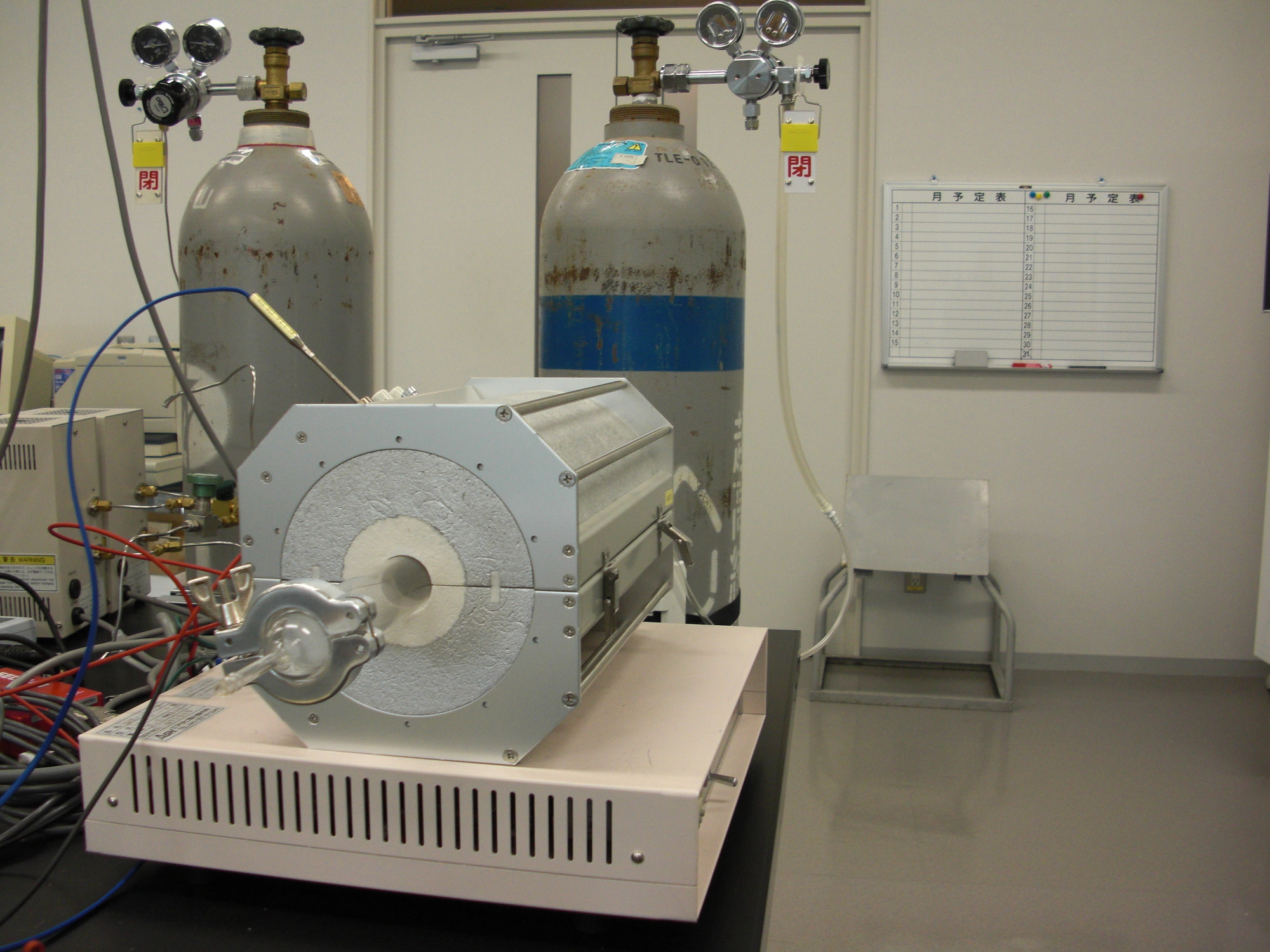 |
 |  |
 |  |
 | 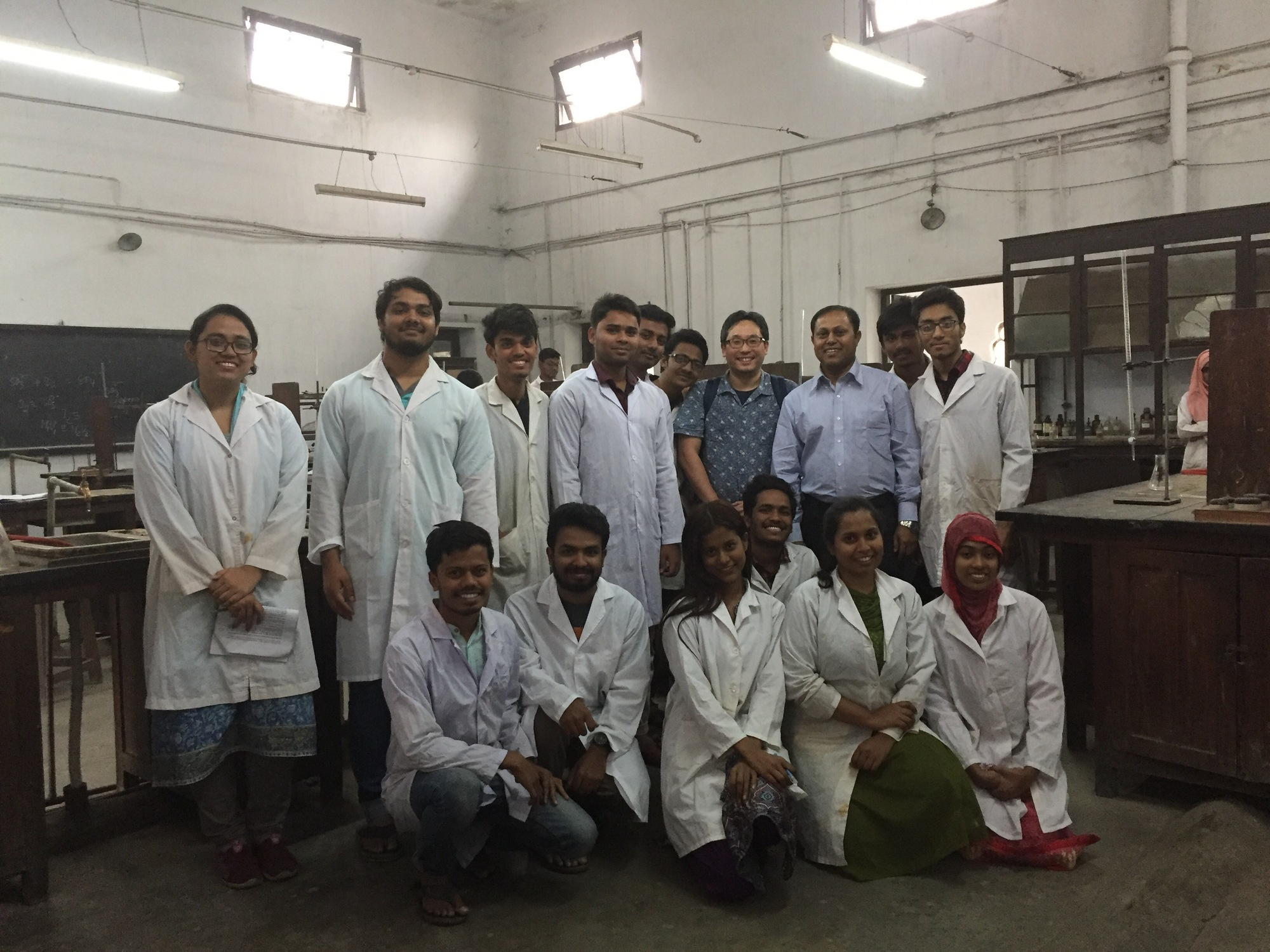 |
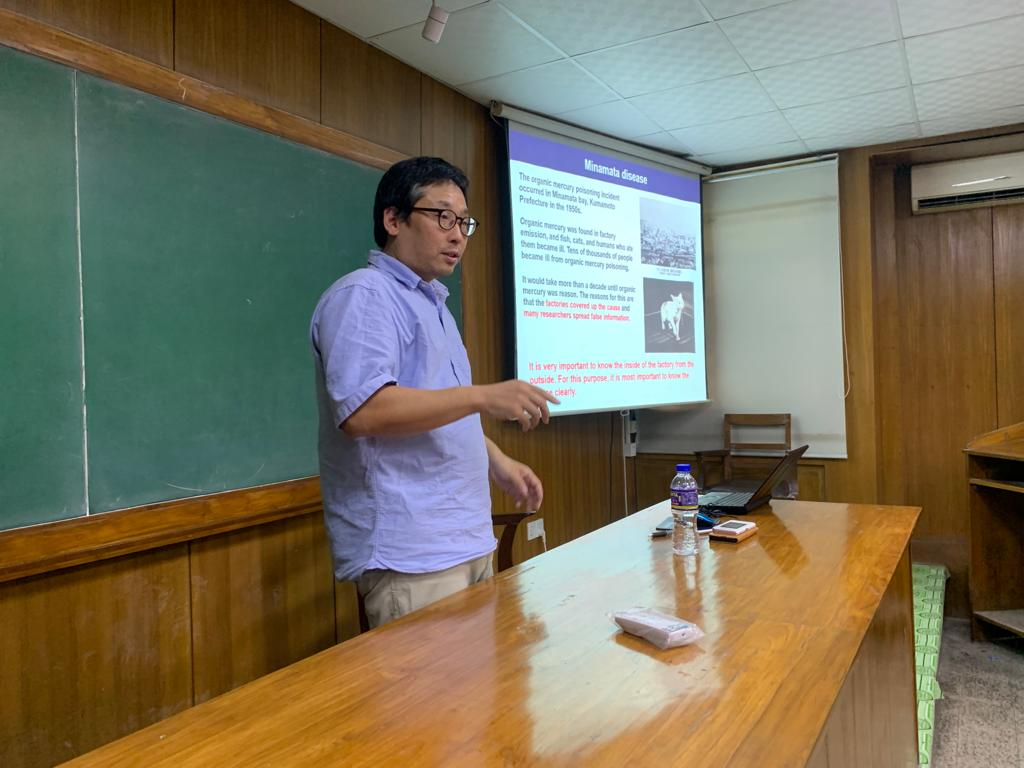 | 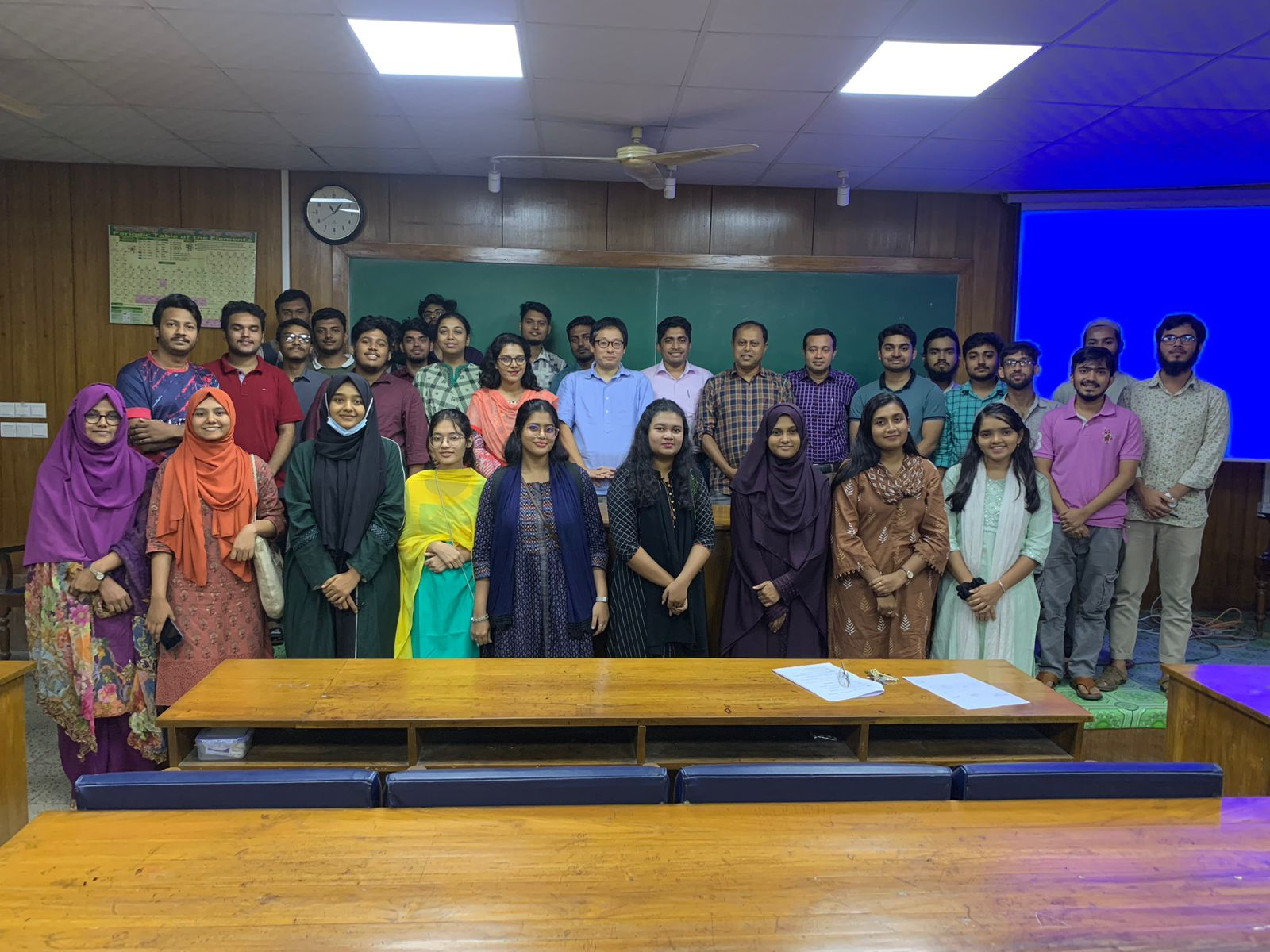 |
 |  |